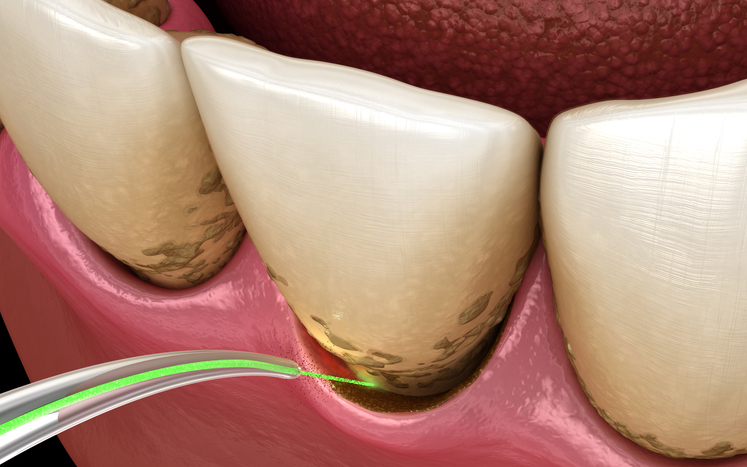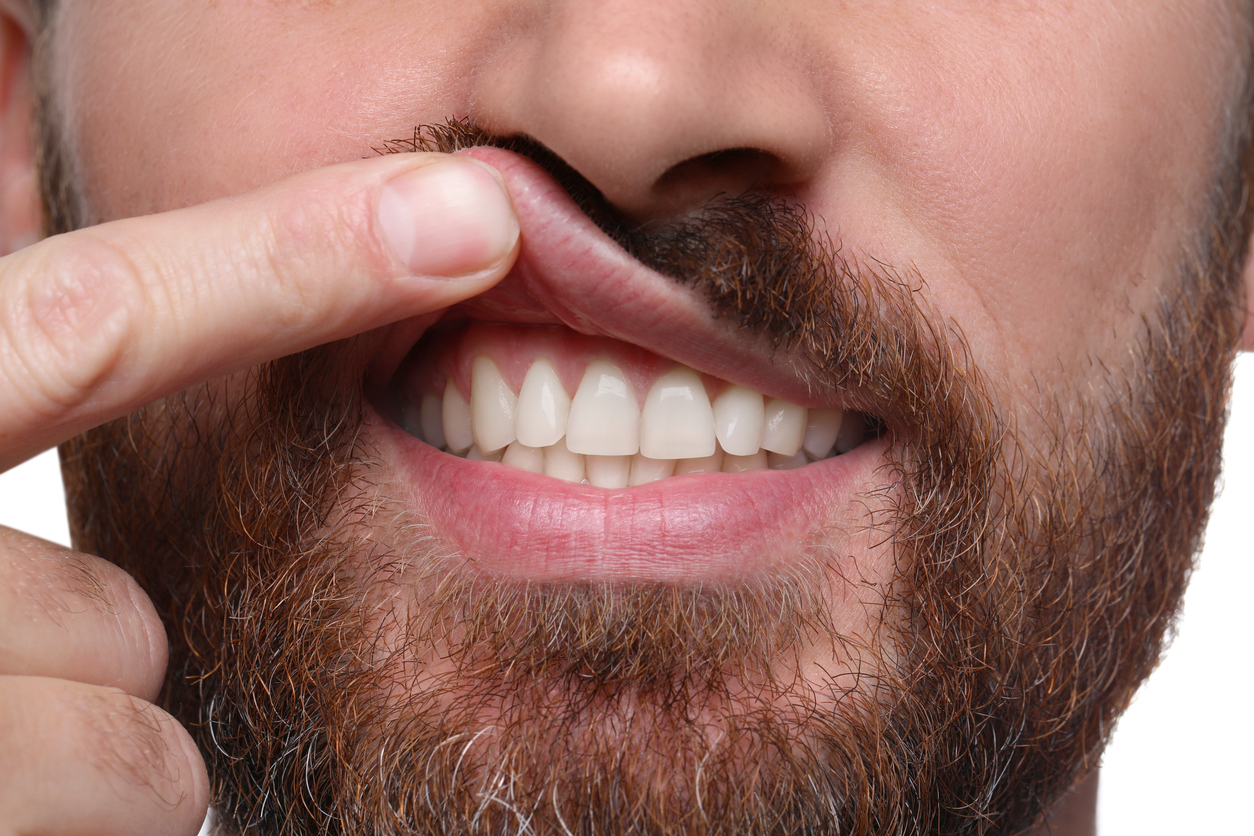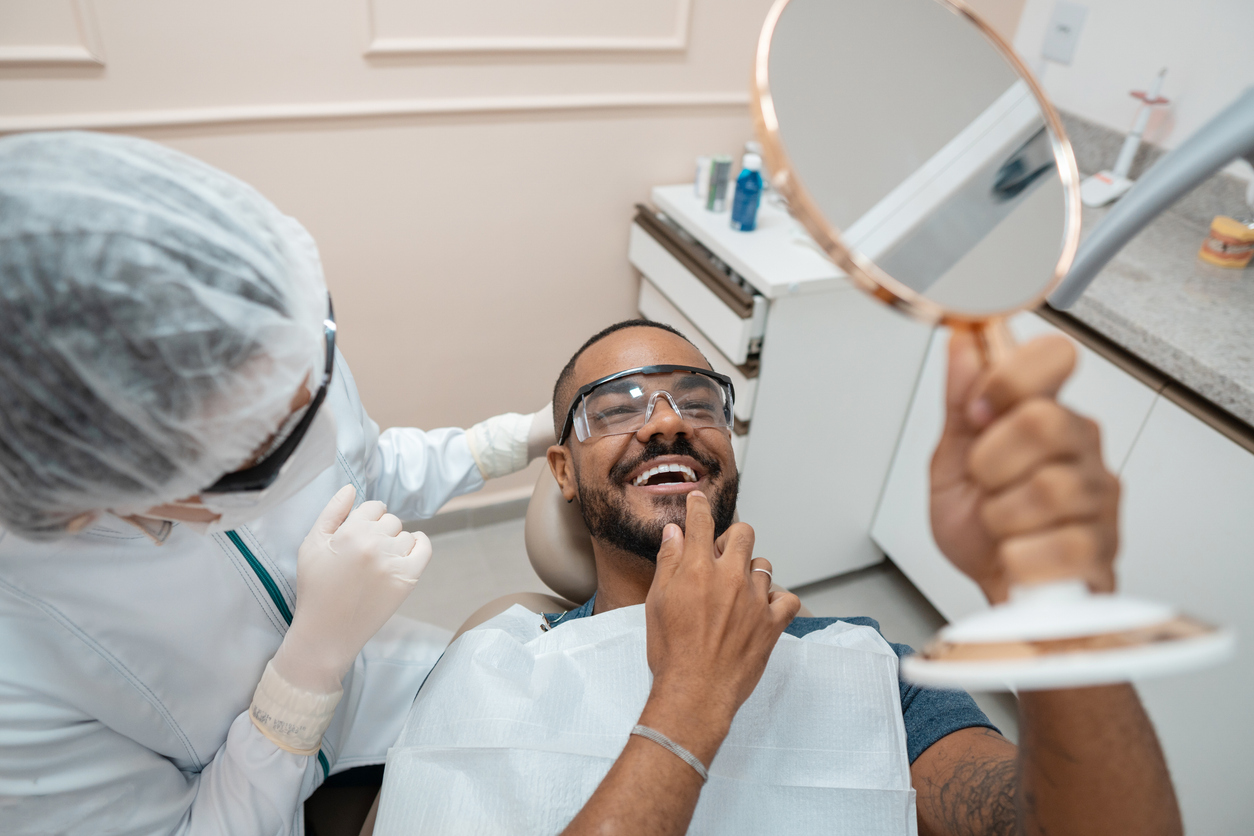Late-stage gum disease, known as periodontitis, affects 8.5% of adults aged 20-64 in the United States. It’s the leading cause of tooth loss in America and, once it progresses, often requires gum surgery to repair. This invasive procedure is often painful and has a long recovery time.
Thankfully, there is an alternative to gum surgery. Known as LANAP, it’s non-invasive and less uncomfortable than traditional gum surgery while still being effective.
Read on to learn more about LANAP laser gum surgery and whether you qualify for this groundbreaking treatment.
What Is LANAP Surgery?

LANAP stands for “laser-assisted new attachment procedure”. As the name suggests, the procedure uses precise, finely-tuned lasers instead of the traditional cut-and-stitch method. Developed by researchers Gregg and McCarthy in the 1990s, the FDA approved it for use in America in 2004.
The goal of LANAP surgery is to regrow connective tissue around the roots of your teeth. Due to the collection of bad bacteria, tartar buildup, and inflammation, periodontal disease causes your gums to pull away from your teeth. This can increase your risk of tooth decay and even lead to tooth loss.
The LANAP laser kills off harmful bacteria while leaving the beneficial bacteria to flourish, promoting new bone growth, and helping your mouth maintain its natural balance. The result is gums that heal back around the bases of your teeth, providing increased stability and a better-looking gumline.
How Does Laser Gum Surgery Work?
When you visit your dental surgeon for LANAP, they’ll begin by numbing your mouth so you don’t feel discomfort during the procedure. Then, they’ll use a tiny fiber-optic cable to feed the laser attachment between your gums and the roots of your teeth. The laser uses UV rays to kill off unhealthy tissue and bacteria inside the tooth pocket and leaves everything else intact.
If needed, your surgeon will then remove tartar buildup and do a second pass with the laser. You won’t need any sutures or surgical glue to close the site.
The entire process usually takes three sessions, each lasting a couple of hours. The first visit is a consultation to ensure you’re a good candidate for the procedure. The following two sessions will each treat half of your mouth at a time.
As your bone and gums heal from the inside outward, you’ll return for regular checkups to make sure your gums stay in good shape. You’ll have to eat a diet of liquids and soft foods for the first two weeks, but you’ll be able to eat normally soon after. Most patients find that any discomfort after the procedure is manageable with OTC painkillers like acetaminophen and ibuprofen.
What Advantages Does LANAP Have Over Regular Gum Surgery?
Why should you go with a laser gum surgery alternative instead of the traditional surgical method? To better understand the answer, let’s take a quick look at the standard procedure for gum operations.
Flap and Osseous Gum Surgery
Traditional gum surgery involves using a scalpel to make incisions in your gum line. Traditionally, the surgeon will create a “flap” of gum tissue, peel it back, and manually scrape off any tartar buildup. They’ll also perform any needed bone or tissue grafts to stimulate healing and regrowth.
Then, the surgeon sews the tissue flap back onto your gumline, tightening it to reduce the “pocket” space between your gums and teeth. This procedure causes a lot of damage to healthy tissue, meaning that recovery is a long and painful process. It also often results in a visibly receding gumline.
Because flap surgery is so invasive, it can take many sessions to treat your entire mouth. You’ll have to return to your surgeon for suture removal and stay on a liquid or soft food diet for up to four weeks.
Benefits of LANAP
Laser gum treatment doesn’t involve any scalpels, incisions, sutures, or manual scraping of unhealthy tissue. It’s much gentler on your mouth and available to many patients that don’t qualify for a flap and osseous surgery. Patients report a long list of benefits over traditional procedures, including:
- Reduced pain
- Less swelling in the face and mouth
- Shortened recovery time
- Less bleeding after the procedure
- Faster return to work and regular lifestyle
- Better aesthetic result
- Reduced gum and tooth sensitivity after healing
Because the laser treatment naturally stimulates bone and gum regrowth, LANAP may prevent you from tooth loss or needing a tissue graft. The lack of incisions and stitches also means that patients are at a much lower risk of post-procedure infection.
Do I Qualify for Laser Gum Treatment?
Most patients with moderate to severe periodontitis will qualify for LANAP. Unlike regular gum surgery, taking medications such as aspirin or blood thinners doesn’t disqualify you from the procedure. It’s also an excellent option for those who have avoided seeking treatment due to a fear of traditional surgical methods.
The only way to know for certain whether you qualify is to visit a certified periodontist for an exam.
Is the LANAP Alternative to Gum Surgery Right for You?
If you have severe gum disease, don’t assume that the traditional approach to treatment is your only option. Instead, talk to Dr. Trujillo to see if you qualify for LANAP laser gum treatment. This effective alternative to gum surgery can get you on the road to better dental health in no time.
Arizona Periodontal Group is experienced in the LANAP procedure. Contact us to request an appointment today.
Dr. Trujillo and the rest of our team are dedicated to providing the highest standard of care for even the most complicated gum disease cases. We would love to help you on your journey to the smile you want.

LANAP can get you the results you’re looking for with virtually no downtime!
Call Dr. Trujillo in Phoenix, AZ, for a personalized treatment plan! We want you to feel confident and smile your best. Call today!





